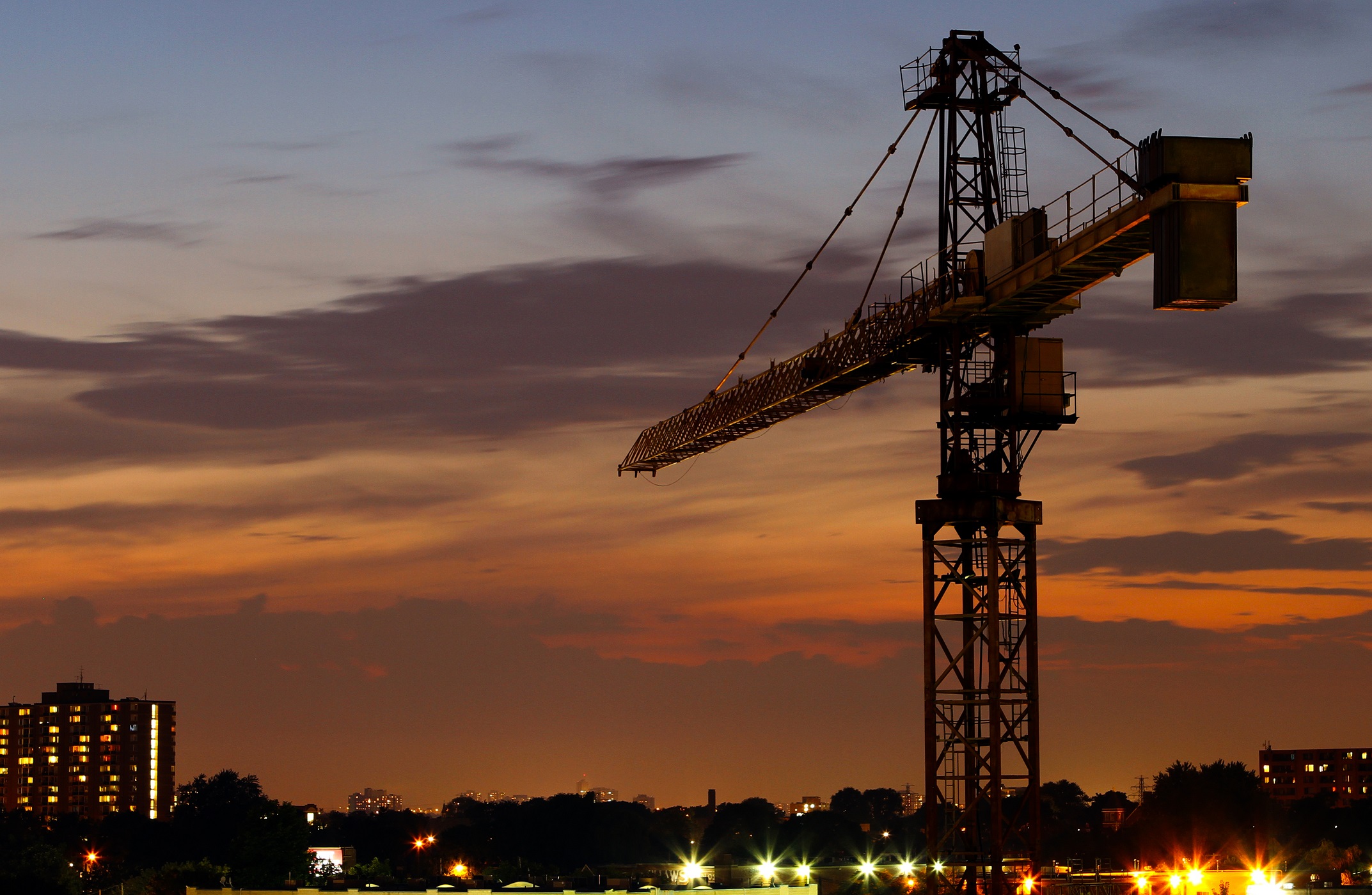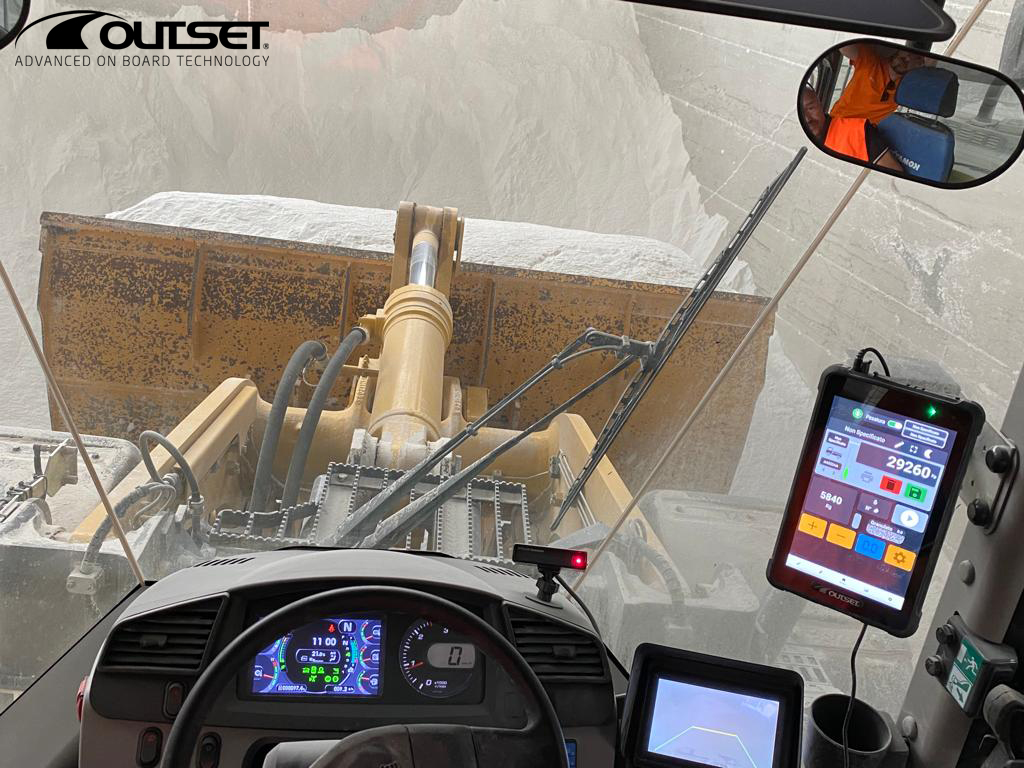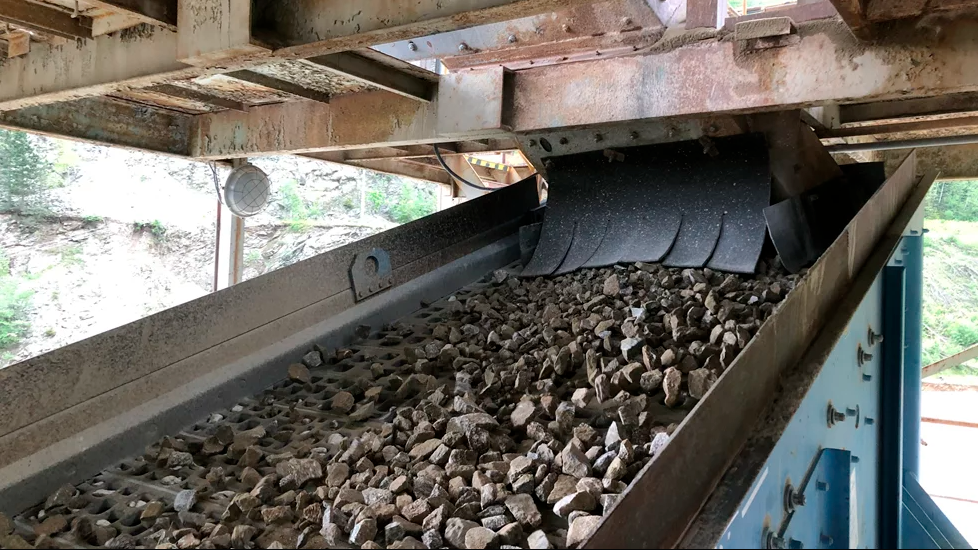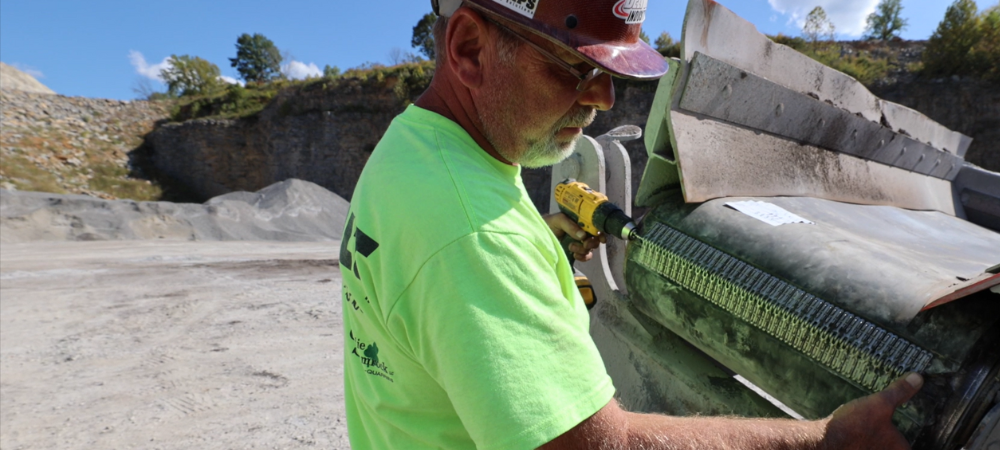
The leading data and analytics company tips residential construction output in Canada to grow by 4.8% in 2022, following an expansion of 15.4% in 2021.
Canadian lumber prices soared in December 2021, with the price index for logs, pulpwood, natural rubber, and other forestry products rising 4.1% in Month-on-Month (MoM) terms and in Year-on-Year (YoY) terms by 27.7%. Comparatively, excluding crude energy products, the Canadian raw materials index rose 0.4% from October and 18.5% over the year.
Jack Riddleston, economist at GlobalData, comments: “Record levels of rainfall have caused major disruption in British Columbia as flooding and landslides swept through the region in November 2021. Rail networks that were used to transport lumber across the region were destroyed, which has resulted in delays to lumber shipments.”
Labour shortages and wage hikes maintain a grip on productivity, as the lasting effects of COVID-19 have producers struggling to find skilled labour in Mills and Haulage. Furthermore, longer-term environmental issues have come to fruition, such as beetle infestations and persistent wildfires, which, in turn, have created a shortage of trees.
Riddleston continues: “Supply issues for lumber are unlikely to be resolved going into 2022, and additional issues such as the truckers strike in late January will continue to put pressure on the supply chain and lumber prices. This has resulted in homebuilders suffering the consequences and passing cost hikes directly onto consumers.”
Price pressure is intensifying for home builders across the border after a longstanding trade dispute between the US and Canada has led to the US putting a 17.99% tariff on lumber imports.
Riddleston adds: “The price increases reflect the complex supply constraints lumber producers have faced over 2021, and this will likely continue throughout 2022.”













